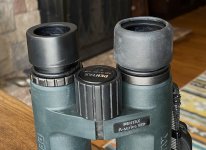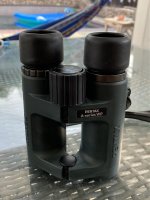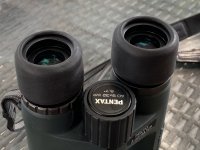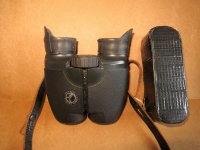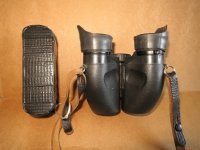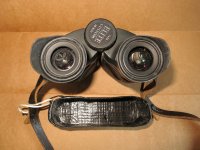
I'm glad I helped.
WJC reminds us that the importers etc are in the business of sourcing binoculars, not dispensing worldly love.
I would suppose one can expand that to: 'The business of sourcing high value items like binoculars', the problem of small value items like accessories being that they take just as much trouble to source and import, for much smaller reward.
The small man does not fill the gap because he/she cannot discount the cost of getting his product to market against a sufficiently high price that is also acceptable to the consumer.
Or some such!
I encountered the problem in the field of cameras.
The Chinese manufacturers churn out cheap red dot sights in thousands for hunters, paint-ballers, etc, but when I bought mine there was just one small man right round the world, and one factory making the mounts to fit them to a camera hot shoe.
Later the small man circulated that he had had to lower the specification of the mount because rising costs meant that he could no longer make a profit on sales of the present model.
Stephen
I find that interesting..... I know when I worked in 'retail' ...(30 years ago), the value of add-on accessories was where much of the profit was. Sell a product for X $'s and sell that add-on accessories to increase the profit.
But I also realize that optics (cameras and bin, and lens etc) have fairly low profit margins and but sell for quite a bit of $. So tagging on a minimal dollar or euro for an accessory isn't going to really pull in profit.




